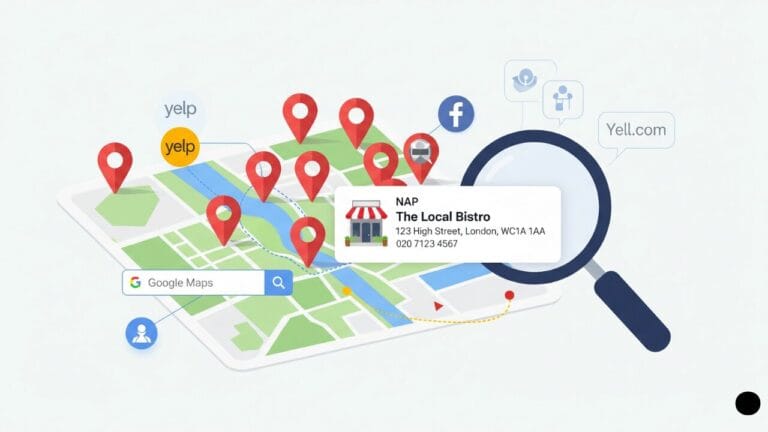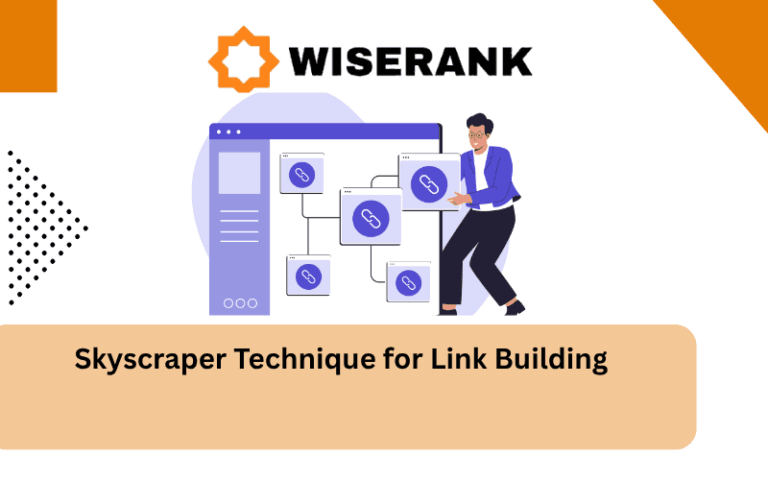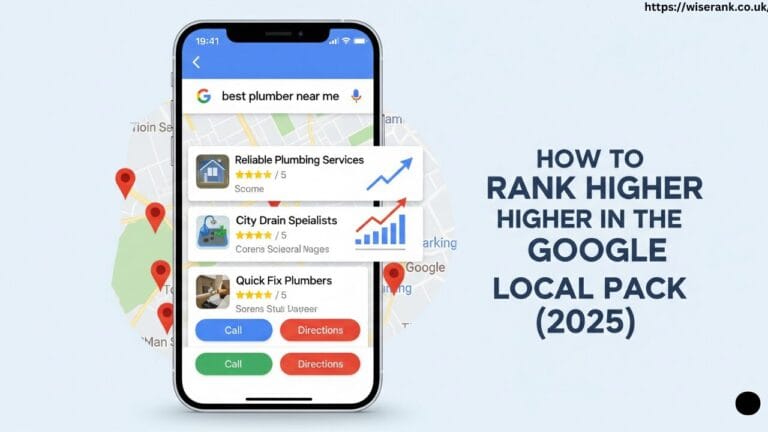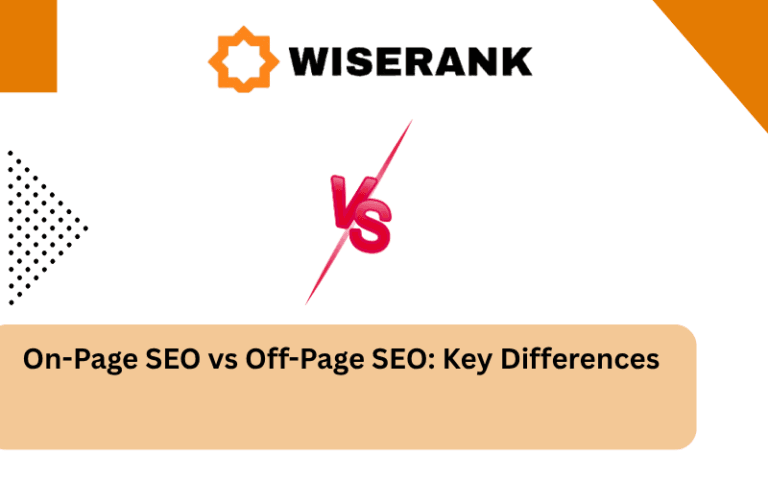Do Directory Submissions Still Matter for SEO?
Directory submissions have been part of SEO strategies since the early days of search engines. The practice involves listing your website in online directories organized by category or location.
The value of directory submissions has changed dramatically over the years. Understanding which directories still provide benefits and which waste your time helps you make informed decisions about including them in your SEO strategy.
How Directory Submissions Changed Over Time?
In the early 2000s, directory submissions were considered essential for SEO. Sites like DMOZ (now defunct) and Yahoo Directory held significant authority and influence over search rankings.
Google’s algorithm updates, particularly Penguin, devalued low-quality directory links and penalized manipulative directory submission practices, fundamentally changing the landscape.
The Golden Age of Directories
Early search engines relied heavily on directories for organization, directory links passed significant PageRank, listing in major directories improved rankings directly, and directories served as primary discovery mechanisms.
The Decline After Penguin
Google’s Penguin update targeted manipulative link schemes, low-quality directory networks lost value completely, automatic approval directories became spam signals, and most general web directories provided no SEO benefit.
Modern Directory Landscape
Only specific directory types retain value today, quality and relevance matter more than quantity, local and niche directories still provide benefits, and general submission sites offer minimal returns.
Directories That Still Provide SEO Value
Not all directories are worthless. Certain types continue offering legitimate SEO benefits when chosen carefully.
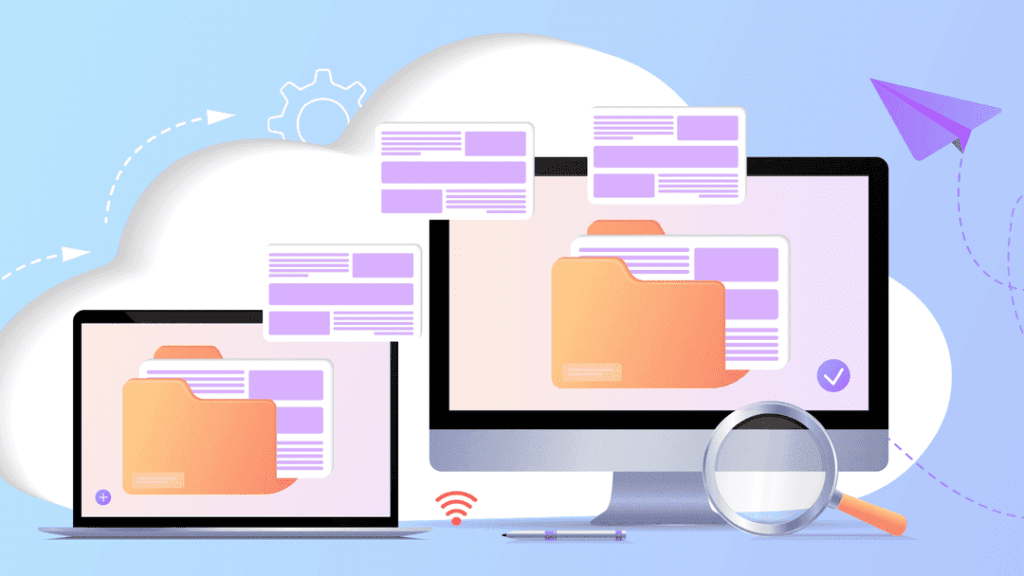
Understanding which directories merit submission helps you allocate resources effectively.
Local Business Directories
Google Business Profile remains essential for local SEO, Bing Places provides value for Bing visibility, Yelp drives traffic and builds local citations, industry-specific local directories serve niche audiences, and chamber of commerce listings build local authority.
Industry-Specific Niche Directories
Professional directories for specific industries like Avvo for legal services or Clutch for B2B agencies provide qualified referral traffic, targeted audience exposure, relevant backlinks from trusted sources, and established authority in specific niches.
Government and Educational Directories
.gov and .edu directories carry high authority, listings on government business directories provide trust signals, educational institution directories offer credible backlinks, and official registry listings demonstrate legitimacy.
Review and Rating Platforms
Trustpilot and similar review sites influence consumer decisions, G2 and Capterra for software products drive qualified leads, industry review platforms provide social proof, and review directory listings support reputation management.
Directories to Avoid Completely
Many directories provide zero value and some actively harm your SEO through association with spam networks.
Red Flags Indicating Low Quality
Directories accepting any submission without review, sites with obvious spam content or thin pages, platforms requiring reciprocal links for listing, directories charging fees but providing no traffic, and automatic approval without human moderation all signal worthless or harmful directories.
Spam Directory Characteristics
No real users visit or search the directory, excessive outbound links on every page, unnatural link patterns across listings, domains with very low authority metrics, and sites existing solely for SEO manipulation purposes.
Potential Penalty Risks
Association with known link schemes, contributing to unnatural link profiles, wasting crawl budget on low-quality links, and diluting your backlink profile quality all create risks.
Free vs Paid Directory Submissions: Which Are Worth It?
Understanding the difference between free and paid directory submissions helps you allocate budget effectively and avoid wasting money on worthless placements.
Most quality directories offer free basic listings that provide sufficient SEO value, while paid options should demonstrate clear return on investment through traffic or leads.
Evaluating Directory Investment
Make smart decisions about free versus paid submissions:
- Free quality directories often provide sufficient SEO value
- Paid directories must demonstrate clear ROI through traffic or leads
- Featured listings may justify cost for high-competition local markets
- Industry-specific paid directories offer targeted qualified exposure
- Avoid cheap bulk submission services promising hundreds of listings
- Premium niche directories can drive valuable business inquiries
- Evaluate actual traffic and domain authority before paying fees
Evaluating Directory Quality Before Submission
Systematic evaluation prevents wasting time on worthless directories while identifying valuable opportunities.
Quality Assessment Criteria
Check domain authority using Moz or Ahrefs (look for DA 30+), verify the directory receives organic traffic, ensure human editorial review exists, confirm relevant categories for your business, and assess whether real users would find businesses there.
Traffic and User Signals
Use SimilarWeb to estimate directory traffic, check if the directory ranks for relevant searches, verify listings appear in search results, and confirm active user engagement exists.
Editorial Standards
Quality directories maintain submission guidelines, require detailed accurate information, reject low-quality submissions, and update or remove outdated listings regularly.
Link Quality Indicators
Links should be dofollow where appropriate, anchor text should be natural or branded, link placement should appear editorial, and outbound links should be limited and relevant.
Strategic Directory Submission Best Practices
When submitting to quality directories, follow best practices that maximize value and minimize risks.
Submission Preparation
Ensure NAP consistency across all platforms:
- Use identical business name everywhere
- Maintain consistent address formatting
- Display the same phone number
- Match hours of operation across listings
- Use consistent business descriptions
- Include high-quality images and logos
Optimizing Your Directory Listings
Write unique descriptions for each directory avoiding duplicate content, include relevant keywords naturally in descriptions, select most accurate business categories, add complete contact information, upload professional photos and branding, and include links to social profiles when allowed.
Prioritizing Submissions
Focus on local directories first for local businesses, target industry-specific directories next, consider general high-authority directories last, and avoid low-quality mass submissions completely.
Local Citations and NAP Consistency
For local businesses, directory submissions primarily serve as citation building for local SEO rather than traditional link building.
Citation Building Strategy
Local citations signal business legitimacy to Google, consistent NAP information across platforms builds trust, citation volume and accuracy affect local rankings, and major citation sources include Google, Bing, Yelp, and industry directories.
Managing Citation Consistency
Audit existing citations for accuracy using tools like Moz Local or BrightLocal, correct inconsistencies across platforms, remove duplicate listings, and monitor citations regularly for changes.
Local SEO Impact
Strong citation profiles improve local pack rankings, accurate citations enhance map visibility, consistent information builds user trust, and quality citations provide referral traffic.
Measuring Directory Submission ROI
Track specific metrics to determine whether directory submissions justify time investment.
Metrics to Monitor
Count backlinks acquired from directory submissions, measure referral traffic from each directory, track local ranking improvements, monitor brand visibility in search results, and assess lead generation from listings.
Cost-Benefit Analysis
Calculate time invested in submissions, evaluate traffic and leads generated, assess link quality improvements, and compare results to alternative link building methods.
Tools for Tracking
Use Google Analytics to track referral sources, monitor backlinks in Google Search Console, track local rankings with BrightLocal, and measure citation consistency with audit tools.
Directory Submissions vs Other Link Building Tactics
Understanding how directory submissions compare to alternative strategies helps allocate resources effectively.

Effectiveness Comparison
Guest posting on quality sites typically provides more value, digital PR generates higher authority links, broken link building offers better targeting, and content marketing attracts natural links more sustainably.
When Directories Make Sense
New websites building initial citations, local businesses establishing presence, specific industries with valuable niche directories, and complementing other link building efforts all justify selective directory use.
Resource Allocation
Spend majority of effort on content and outreach, allocate limited time to quality directory submissions, focus directories on local and niche opportunities, and avoid mass general directory campaigns.
Common Directory Submission Mistakes
Avoid these frequent errors that waste resources or create SEO problems.
Critical Errors to Avoid
- Submitting to hundreds of low-quality directories
- Using automated submission services
- Creating duplicate content across listings
- Inconsistent NAP information
- Ignoring niche-specific directories
- Paying for worthless directory placements all damage results.
The Quantity vs Quality Trap
Ten quality directory listings outperform hundreds of spam directories, one authoritative niche directory beats dozens of general ones, and quality directories provide long-term value while spam directories risk penalties.
Your Directory Submission Strategy
Develop a selective approach focusing on genuine value over volume. Start by identifying essential local directories like Google Business Profile, relevant industry-specific directories, and high-authority platforms with editorial standards that real users actually visit.
Prepare consistent NAP information, write unique descriptions for each listing, gather high-quality images, and submit manually to quality directories while avoiding automated bulk services.
Monitor performance by tracking which directories drive traffic and leads, update information when business details change, and regularly audit citation consistency. Remember that directory submissions in 2025 serve primarily as citation building for local businesses rather than bulk link acquisition.


